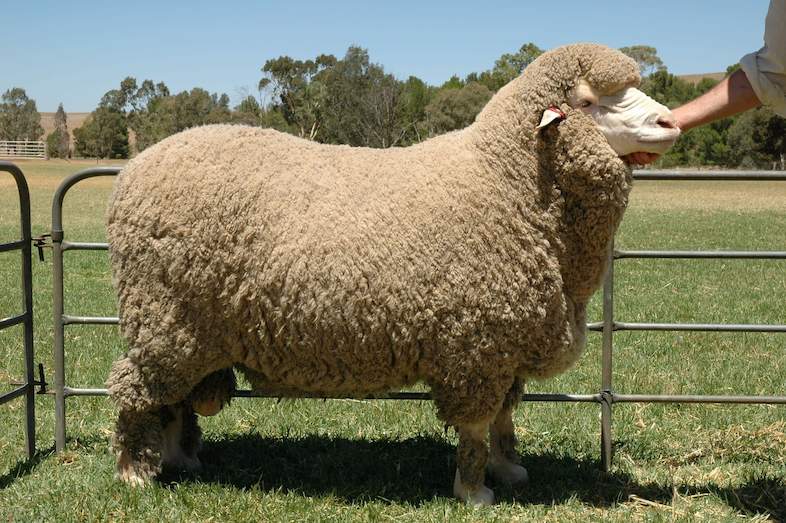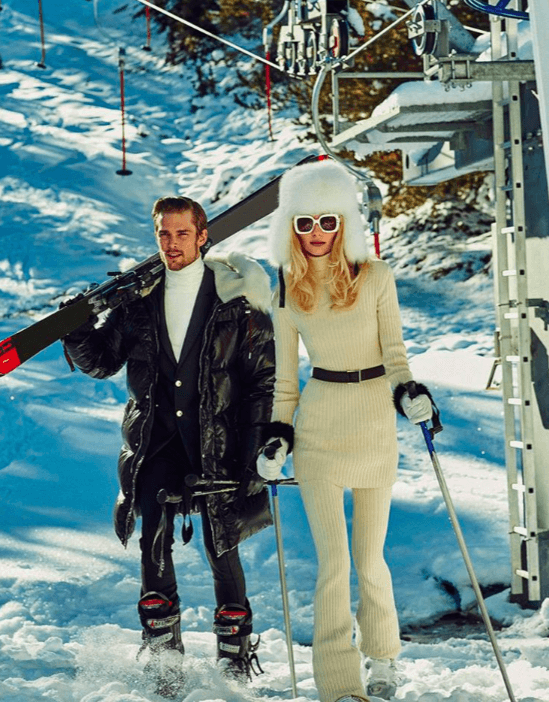Handy Reasons On Picking Merino Wool Base Layers For Hiking
Wiki Article
What Merino Sheep Breeds Are Available And How Are They Different?
There are numerous Merino breeds of sheep. Each one has distinct characteristics. Here are the most adored Merino sheep breeds, and their distinctions. Spanish Merino- This Merino breed is the oldest and is most famous for its excellent production and its fine wool. This breed is versatile and is able to adapt to various conditions. Also, it has a high immunity to diseases.
American Merino: The American Merino breed was created within the United States around the 19th century. It's renowned for its soft, fine wool. This breed is specially suited to cold climates and is resistant many common sheep diseases.
Saxon Merino - This Merino shearer is a particular fine-boned Merino that is well-known for producing soft, fine wool. The Merino breed is typically smaller than other Merino and is well-suited for dry and hot environments.
Peppin Merino- The Peppin Merino is an Australian breed that was developed in the 19th century. The breed is renowned for its fine wool and is particularly well-suited to the dry and hot climate in Australia.
Rambouillet-The Rambouillet Merino Sheep breed was created in France in the 18th century. It is renowned for its adaptability and hardiness to various environments. Rambouillet wool can be coarser and more expensive than other Merino types, but its high-end quality is sought-after.
Polwarth - The Polwarth Merino breed was created in Australia in the latter half of the 19th century. The Polwarth breed is adored for its soft and lustrous fiber and is especially well-suited in the cooler, wetter climates south Australia.
The specific Merino breed and the conditions where they were born will determine the distinctive characteristics and quality of Merino sheep. Breeders look for traits like fine wool, durability, and adaptability in Merino sheep to create new breeds that are able to be used in various environments.

What Is The Difference Between 3/4-Length, Long-Sleeve, Hooded And Zip Merino Wool Base Layers?
The various Merino wool base layers are available in a variety of lengths, which include 3/4, long sleeves, hooded and zip-neck. Each one has distinct attributes and advantages. We'll show you how to select the right 3/4 length Merino base layer. These base layers offer warmth and comfort to the lower body without adding weight. The base layer is able to be worn under trousers or shorts and is suitable for cool to mild climates. They are a good choice for activities where you want a little extra warmth but don't require the full length of base layers.
Long Sleeve Merino wool base layers provide warmth and comfort for the upper body. They are available in a variety of weights, and are a good option for those who are experiencing cold weather. For sports with moderate or low intensity, long sleeves base layers are ideal.
Hooded Merino wool base layers are made to offer warmth and protect from the elements. They typically come with a hood with a built-in hood that can be worn under a helmet or any other gear. Hooded base layers are a great choice for activities where you are exposed to wind or cold temperatures.
Zip-neck Merino wool base layers are made to allow for easy ventilation and temperature control. The neckline is typically zippered and can be opened or closed depending on the conditions. Zip-neck base layers are an excellent choice for activities where you may require to keep your body temperature in check rapidly, like when you are engaged in high-intensity sports.
When deciding on the most suitable Merino base layer, you should consider the weather conditions, the level and preferences of your activities and individual preferences. 3/4 length base layers are ideal for cool to mild weather Long sleeves for base layers are suitable for colder weather and hooded layer base layers can provide additional protection from cold or windy conditions. Zip-neck base layers are great for those who need to regulate your body temperature quickly. Also, think about the size of the base layer, and make sure it's comfortable and allows for a full range of movement. Go discover koraoutdoor.com for men's ski clothes for website examples.

What Is The Best Combination Of Ski Mid-Layer Clothing In Relation To Merino Wool And Wool From Himalayan?
It will depend on the weather and your personal preferences on which combination of Merino wool or Himalayan Yak wool will work best for mid-layer ski clothing. Here are some alternatives to consider Merino wool base layer and Himalayan mid-layer of yak wool. This is a great option for winter conditions where warmth is a top priority. The Merino wool layer is perfect for temperature regulation and moisture management. The Himalayan yakwoo mid-layer can provide insulation and warmth.
Merino wool mid-layer as well as Himalayan yak wool mid-layer- This combination is a good option for weather that is unpredictable in which you might need to alter your layers throughout the day. Merino wool is a layer which provides warmth and moisture control. Himalayan Yoyak wool adds insulation when required.
Merino and Merino wool layers, Merino and Merino wool middle-layers, and Himalayan Yok wool middle layers are excellent choices for colder weather conditions. The Merino-wool base layer can aid in regulating humidity and temperature while the Merino-wool middle layer will provide warmth. The Himalayan Yakwool mid-layer provides more insulation and warmth.
It is important to remember that layering is a personal choice, and the best combination of layers will differ from person to person , based on factors such as your body type, the level of activity, and weather conditions. Layers that allow full range of motion and fit well are important to ensure comfort and mobility when skiing. Go experience ski thermals at koraoutdoor.com for site recommendations.

Merino And Himalayan Himalayan Yak Wool Is Superior To Cotton, Polyester, Nylon, Fleece, And Other Alternatives For Skiwear.
Merino and Himalayan wools are superior to nylon, cotton, polyester, nylon and fleece for ski clothes due to several reasons. Warmth- Merino and Himalayan wools are extremely efficient insulations that help keep your body warm during cold temperatures. Merino as well as Himalayan wool are less heavy than polyester, nylon, and nylon that don't offer enough insulation.
Moisture management Merino wool or Himalayanyak wool are great at managing moisture. Both fabrics have natural moisture-wicking characteristics. This means that they draw moisture away from the skin and move the moisture to the fabric's outer layers where it can evaporate. This is in contrast to cotton, which retains water. It can be heavy and uncomfortable when it is wet.
Breathability Merino wool or Himalayanyak wool is extremely breathable. This permits air to flow through their fabric. It assists in controlling body temperatures and helps prevent overheating. This is especially important for ski clothing because it allows you to be comfortable when you're skiing. Polyester or nylon as well as fleece however, are more breathable but they also trap moisture and heat. This can make you uncomfortable and sweaty.
Comfort- Merino wool as well as Himalayan yak wool are incredibly gentle and comfortable, which makes them perfect for wear close to the skin. They are extremely stretchy and flexible which allows for full movement and mobility. Polyester, nylon, and fleece however they can be stiff and uncomfortable. This can limit the range of motion and cause discomfort.
SustainabilityThe sustainability of Merino Wool and Himalayan Yak wool are natural renewable fibers that can be biodegraded and recycled. They are less environmentally friendly than synthetic materials, such as polyester and nylon, both of that are made of non-renewable materials and require longer to break down.
Merino wool is more durable than polyester, nylon and nylon for ski clothing. They are comfortable, durable, warm, and moisture-wicking. This makes them a great choice for skiers who want to be comfortable and secure when they ski.